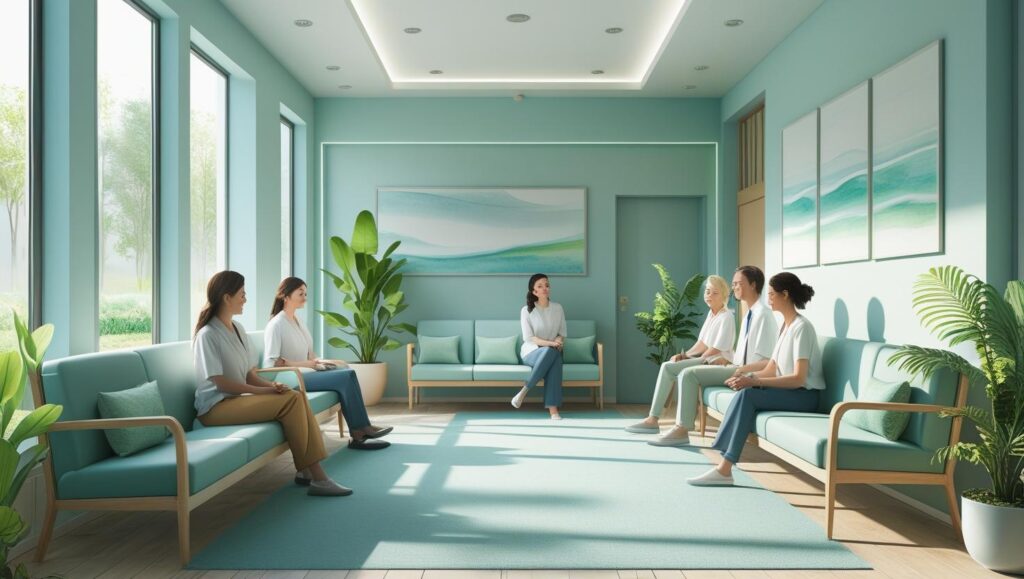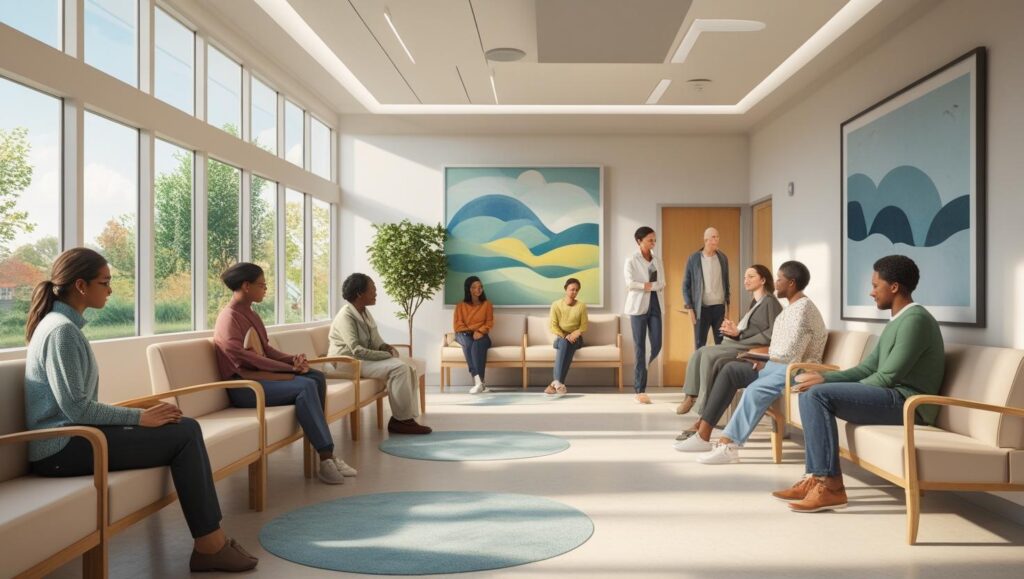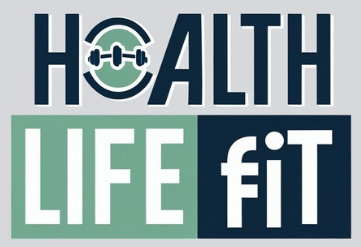
Introduction
Mental Health Centers: Mental health is a vital part of overall well-being but not necessarily something that is thought through when it comes to public health. Mental health facilities are integral parts of care provision, support, and treatment for people with psychological disorders. Mental health facilities range from inpatient psychiatric hospitals through to outpatient Therapeutic guidance centers, each of which provides to meet different levels of mental health requirements.
Demand for mental health care has grown over the last few years because of heightened awareness, reduced stigma, and the rising prevalence of mental disorders such as depression, anxiety, and PTSD (Post-Traumatic Stress Disorder). In the following article, the role of mental health centers, the treatment provided by them, the challenges faced by them, and the future of mental health care are being discussed.
Types of Mental Health Centers
- Mental health facilities may be categorized according to the intensity of care that they offer:
- Inpatient Psychiatric Hospitals
- These facilities provide intensive care to individuals with severe mental health issues requiring 24/7 monitoring. Admission can be voluntary or involuntary if they pose a risk to themselves or others. Medication management, psychotherapy, and structured therapeutic activities form the treatment.
- Residential Treatment Centers (RTCs)
- RTCs also provide long-term care for chronic mental illness or substance abuse disorder patients. RTCs also provide a structured setting in which patients are treated with therapy, life skills training, and medical care while living on-site.
Outpatient Clinics
Mental Health Centers: Outpatient clinics give the patient the chance to receive therapy and psychiatric care without being hospitalized. Outpatient clinics offer emergency services, counseling, group therapy, and medication. They are best for patients who have mild to moderate mental conditions.
Partial Hospitalization Programs (PHPs)
PHPs provide an in-between solution between inpatient and outpatient settings. Patients go to therapy sessions throughout the day but sleep at home. PHPs are useful for patients released from hospitalization or those who require intensive treatment without full-time hospitalization.
Crisis Stabilization Units (CSUs)
CSUs provide short-term treatment for individuals who are experiencing acute mental illnesses, such as suicidal ideation or psychotic delirium. The goal is to stabilize the patient and refer him or her for further treatment.
Community Mental Health Centers (CMHCs)
Fundamentally government sponsored, the CMHCs provide low-cost mental health care to underprivileged populations. CMHCs provide case management, psychiatric assessment, and counseling with the aim of enabling the patients to reintegrate into society.
Services Offered by Mental Health Centers
Mental Health Centers offer a range of services specific to the client, such as:
Psychiatric Evaluations: Mental health disorder diagnosis by clinical interview and testing.
Psychotherapy: Sessions of evidence-based therapy, such as CBT (Cognitive Behavioral Therapy) and DBT (Dialectical Behavior Therapy), individually, group, or family.
Medication Management: Writing and monitoring psychiatric medications to stabilize symptoms.
Rehabilitation Programs: Helping patients to learn coping skills, employment training, and social integration.
Crisis Intervention: Emergency assistance for people who are in severe pain.
Holistic Therapies: Such as art therapy, music therapy, yoga, and mindfulness exercises.
Challenges Facing Mental Health Centers

Although they are necessary, mental health centers have some drawbacks:
Stigma and Misconceptions
Most people decline to accept help for fear of mental illness stigma. Individuals are dissuaded from getting required treatment due to myths surrounding psychiatric treatment.
Funding and Resource Shortfalls
Mental health care is typically under-funded, and that means not a lot of beds, really long waiting lists, and not adequate staff. The public facilities are particularly stretched to accommodate.
Workforce Shortages
There is global scarcity of psychiatrists, psychologists, and mental health nurses, and this hinders appropriate care provision. Burnout of healthcare providers only adds to the problem.
Accessibility Problems
Rural areas lack mental health facilities, and the patients must travel a long distance to be treated. Economic conditions also prevent poor people from getting private treatment.
Legal and Ethical Issues
Involuntary hospitalization is morally challenging from the perspective of patient rights. Safety versus autonomy is a persistent dilemma in mental health treatment.
The Future of Mental Health Facilities
To address these challenges, the future of mental health clinics must be directed towards:
Integrating Technology
Telepsychiatry and mobile health apps can potentially enhance access to services, particularly in rural communities. AI-driven solutions can potentially aid in early identification and personalized treatment regimens.
Increasing Community-Based Care
Transitions from Institutional development to community-based responses can potentially decrease stigma and enhance recovery outcomes. Peer support services and mobile crisis teams are feasible alternatives.
Enhancing Government and Private Investment
Increased investment in mental health Infrastructure consists of the underlying systems, facilities, and services required to ensure the operation of a society or organization, such as transport systems, communications infrastructure, utilities, and public institutions. Better facilities, specialist training, and subsidized treatment cost are needed.
Promoting Mental Health Education
Public education campaigns may reduce stigma and promote early intervention. Schools and workplaces must integrate mental health programs in order to treat their students and employees.
Integrated and Targeted Strategies
Future clinics can take on more personalized treatments, integrating more conventional therapy with more holistic treatments, including nutrition therapy and exercise programs.
Conclusion
Mental health centers are a crucial key to addressing the growing mental health predicament. They provide life-saving care, recovery, and support to millions of people worldwide. Structural obstacles such as stigma, inadequate provision of funds, and concerns of accessibility, however, need to be overcome to facilitate equal treatment for everyone.
By adopting technological improvements, extension of community-based care, and community-level awareness, society can develop a more humane, improved mental health care system. Mental health facility spending is not a health care issue; it is a moral imperative that serves people, families, and communities.
Final Thoughts
If you or someone you know is struggling with mental health, picking up the phone and calling a professional can make a huge difference. Mental health centers exist to help, to mend, and to provide hope, so nobody needs to struggle alone.


1 thought on “Mental Health Centers: Life-Saving Care for Crisis & Recovery.”